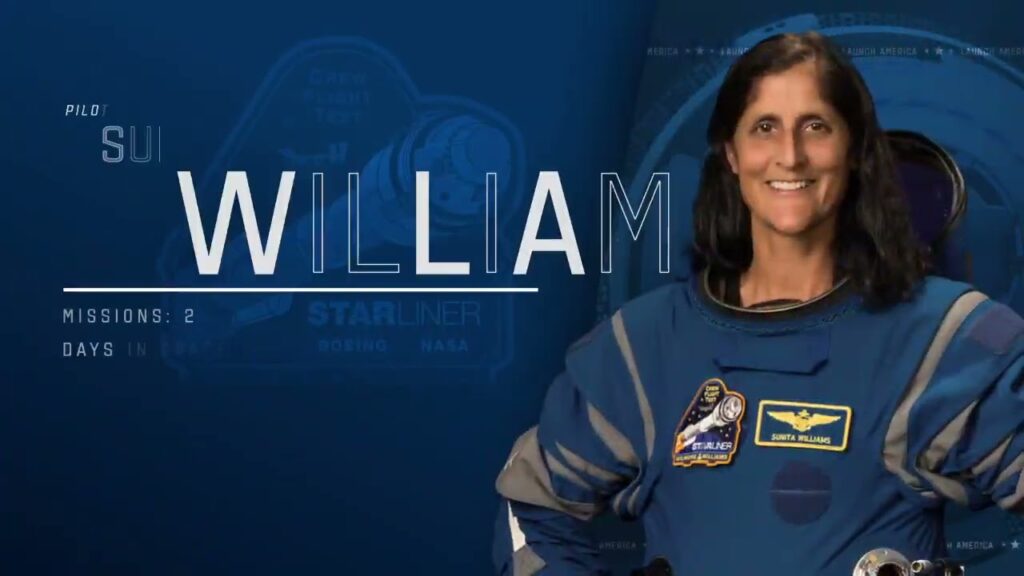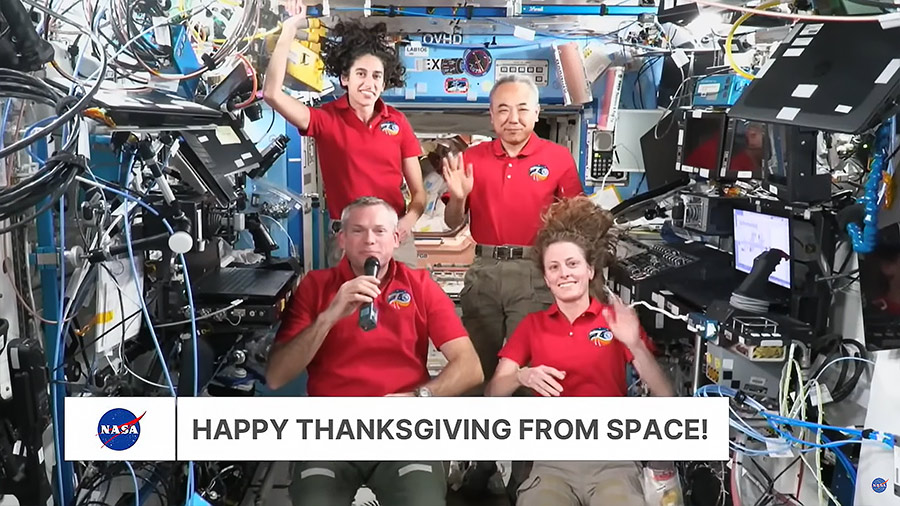
A host of biomedical studies filled the Expedition 67 crew’s day as NASA and its international partners continue exploring how living in space long-term affects the human body. The residents aboard the International Space Station also set up a 3-D hologram device and tested a new robotic arm.
The orbiting lab’s four astronauts took turns scanning each other’s veins with the Ultrasound 2 device on Tuesday morning. NASA Flight Engineers Jessica Watkins, Bob Hines, and Kjell Lindgren joined ESA (European Space Agency) Flight Engineer Samantha Cristoforetti and scanned their neck, shoulder, and leg veins during the morning with researchers on the ground monitoring the data in real-time. Doctors on Earth gain insight into how an astronaut’s cardiac, vessel, and muscle systems adjust to weightlessness.
Hines and Cristoforetti also spun blood samples in the Human Research Facility’s centrifuge before stowing them in a science freezer for later analysis. Watkins spent the rest of her day inspecting U.S. module hatch components and auditing hardware inside the station’s pantry. Cristoforetti worked on orbital plumbing tasks before reorganizing cargo to create more space aboard the space station.
Lindgren charged and configured a headset that enables 3-D high definition holograms in real-time for immersive and innovative communication and research techniques. Afterward, he launched a computer application beginning a session to demonstrate ways holoportation can be used for teleconferences and telemedicine, as well as assisting crew members with complex procedures in space.
Station Commander Oleg Artemyev and Flight Engineer Denis Matveev partnered together for ultrasound scans of their digestive system after breakfast. Researchers are investigating how organs and vessels in the gastrointestinal tract adapt to microgravity. Flight Engineer Sergey Korsakov worked inside the Nauka multipurpose laboratory module testing the operation and mobility of the new European robotic arm.




